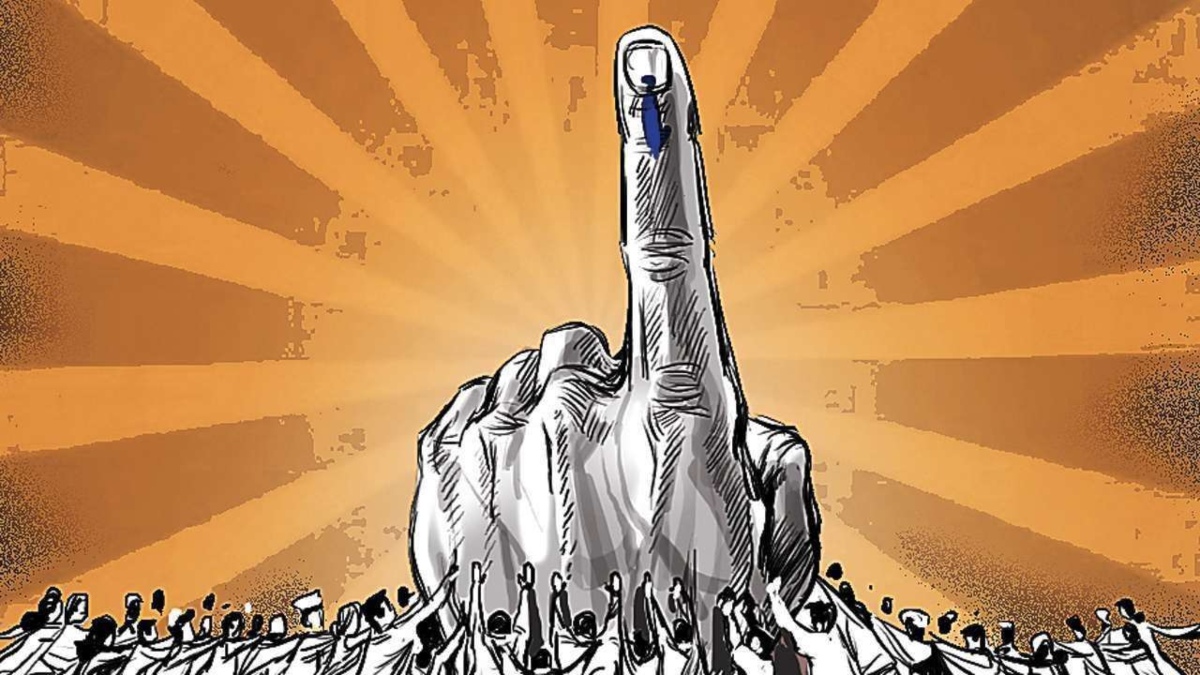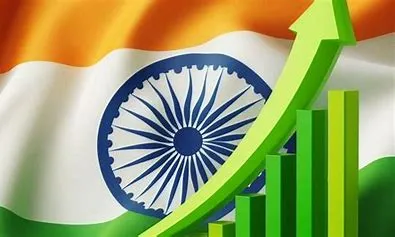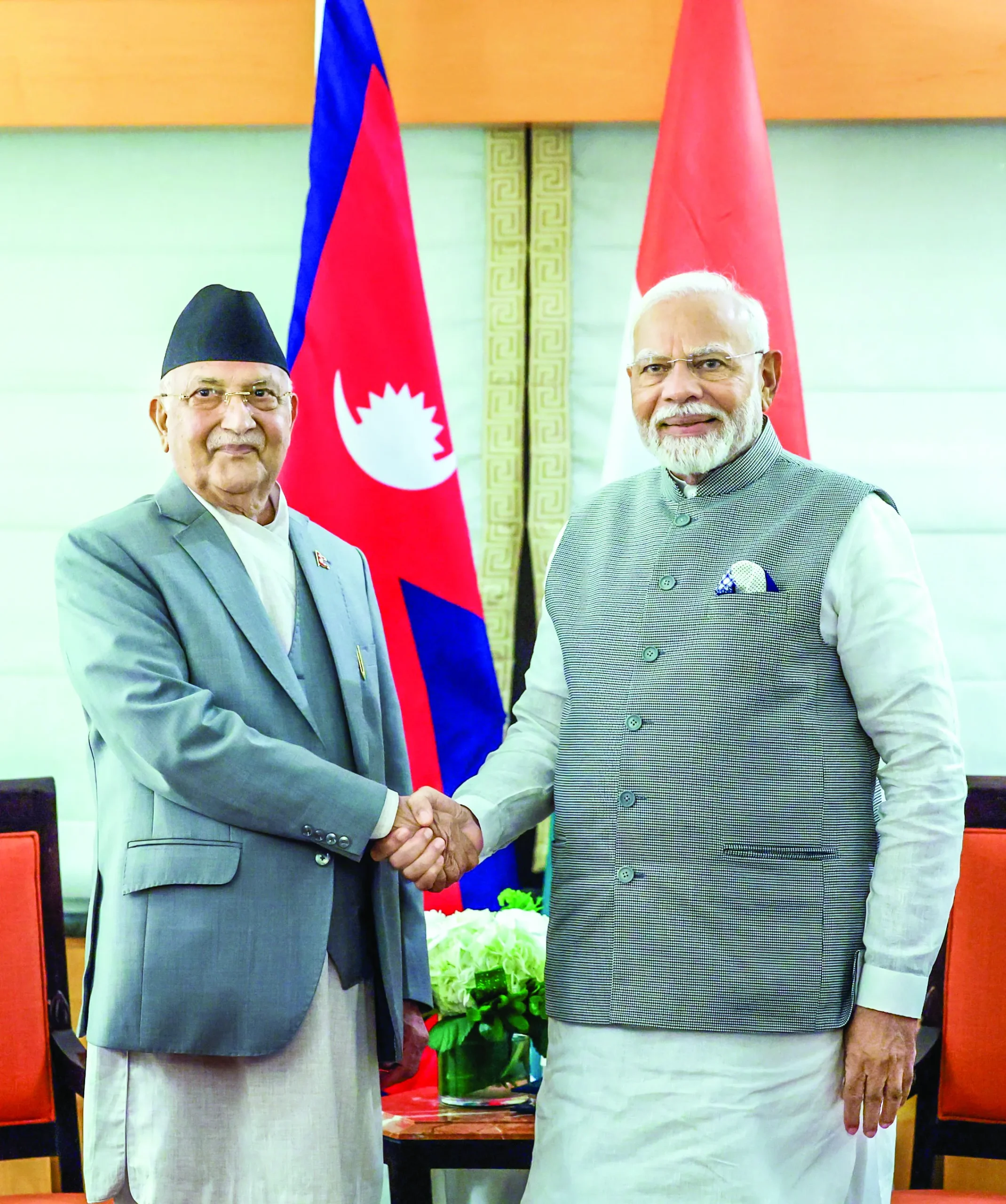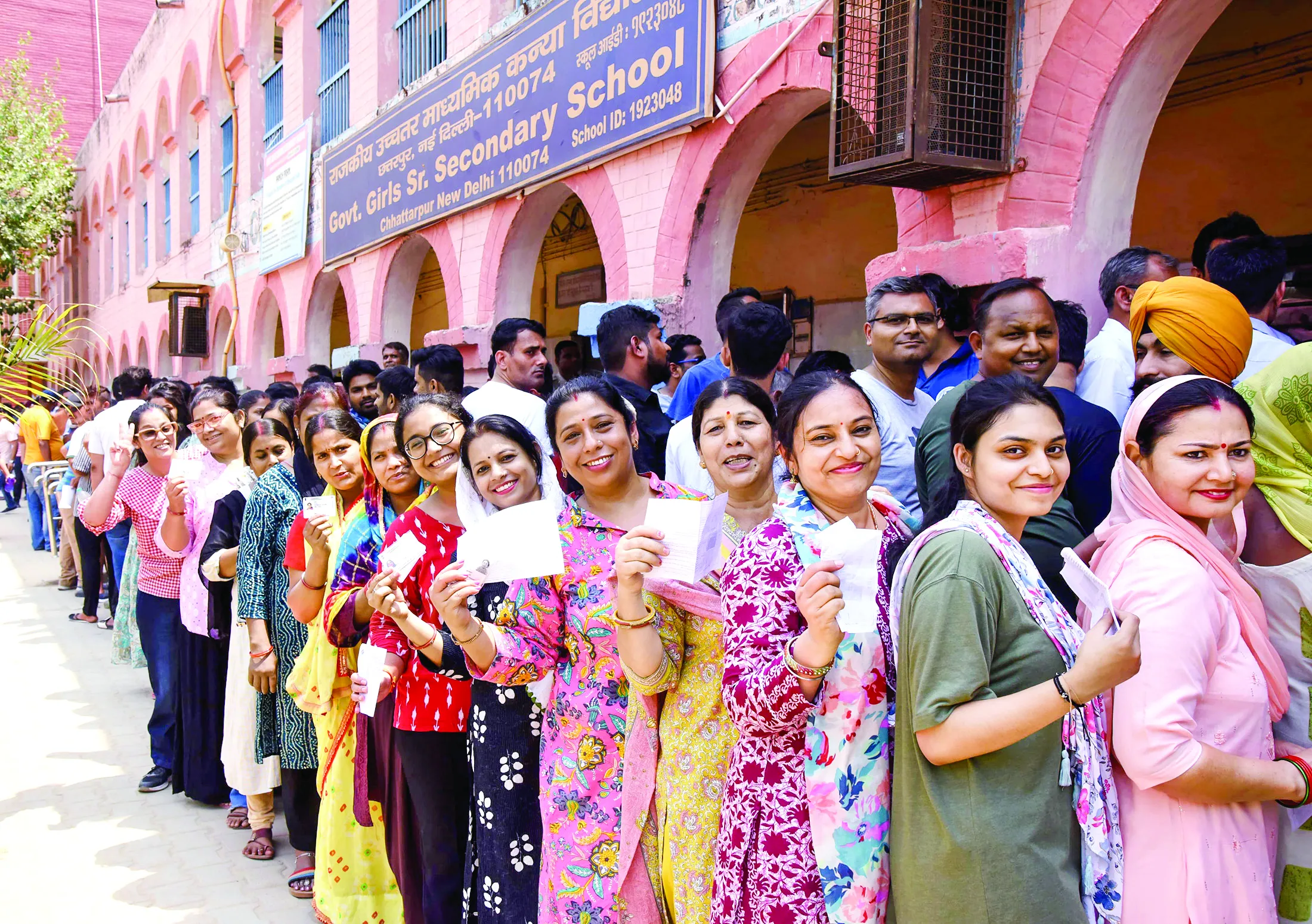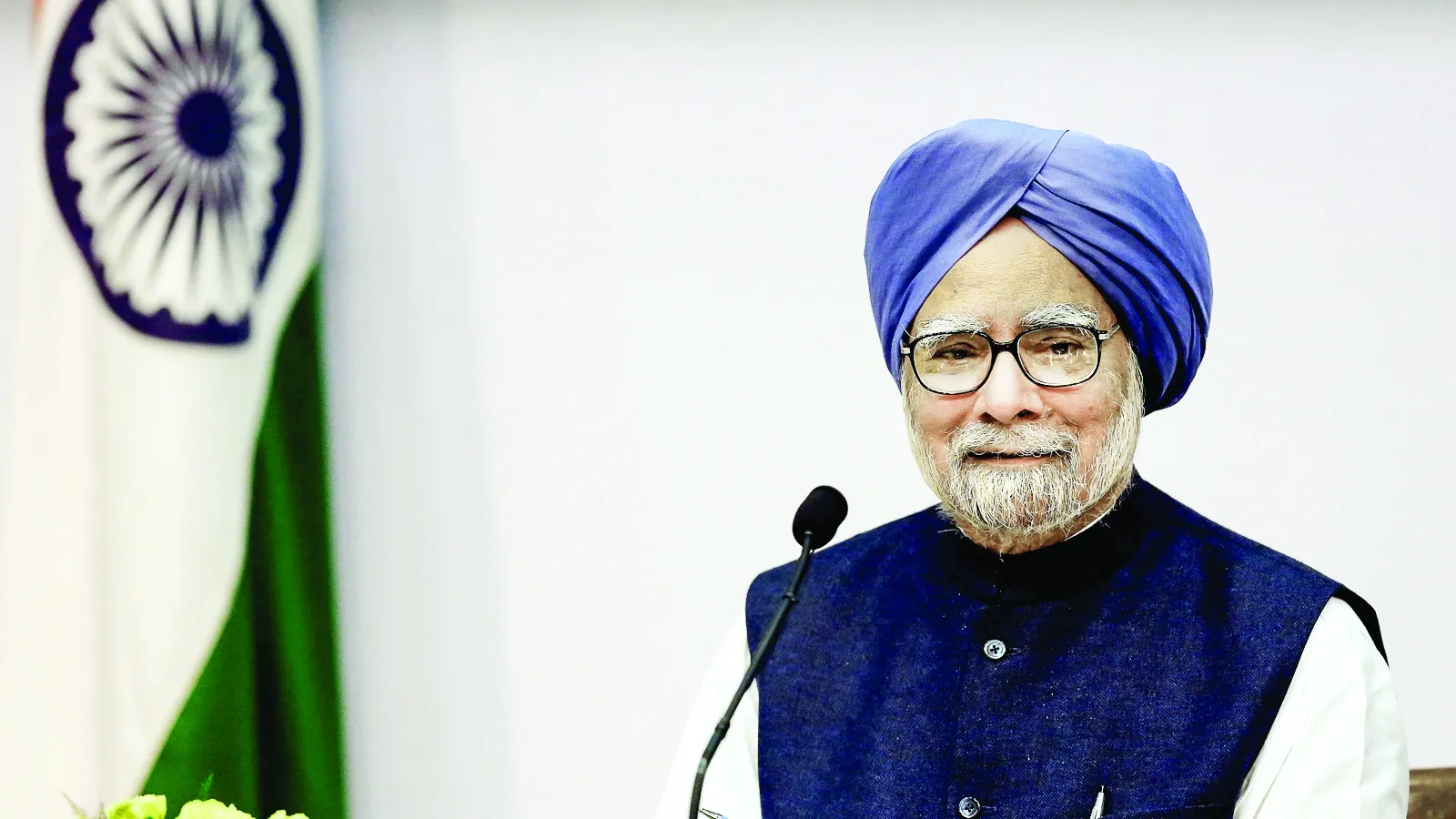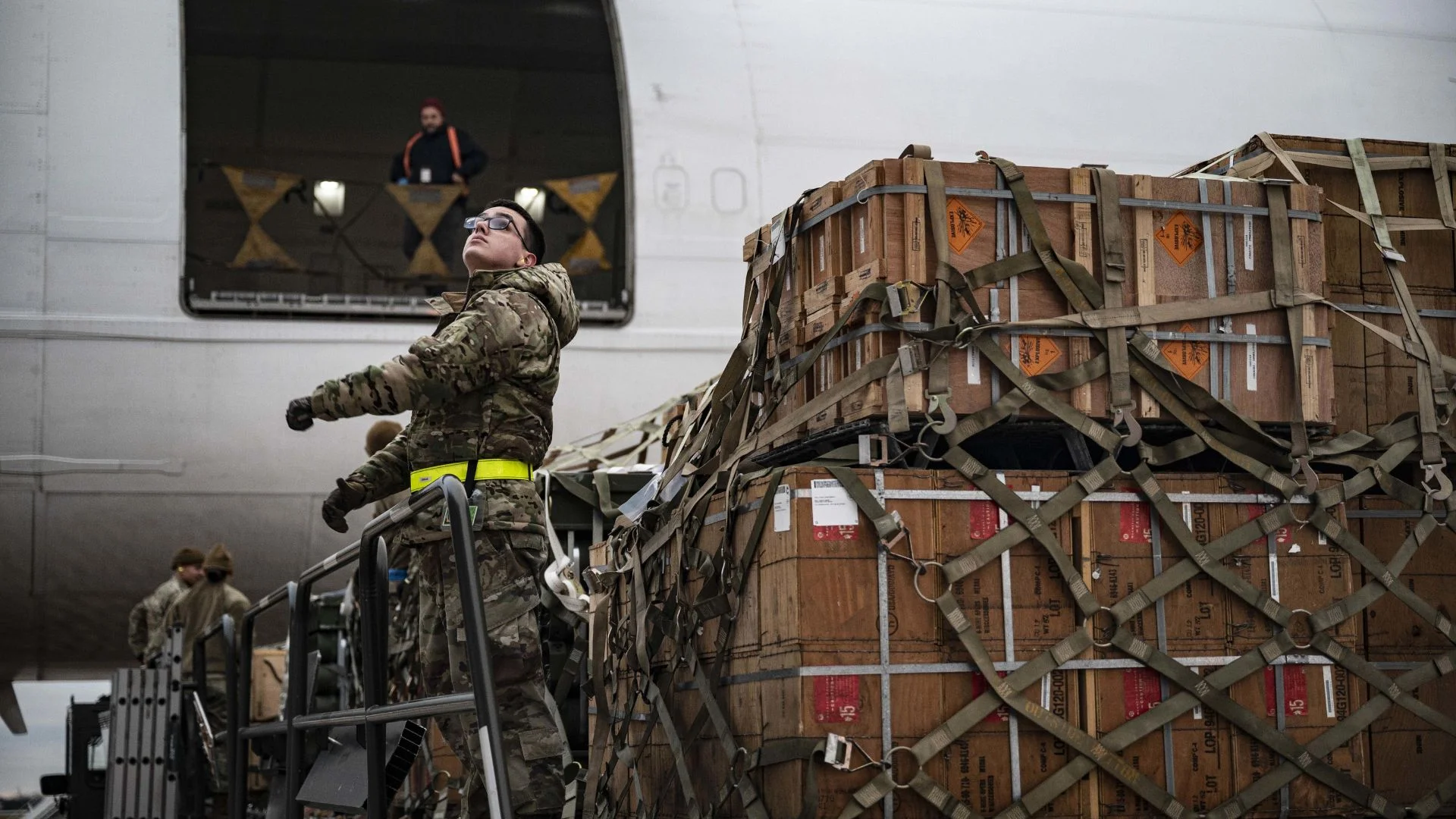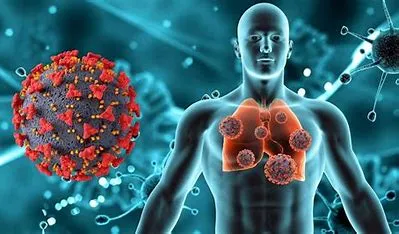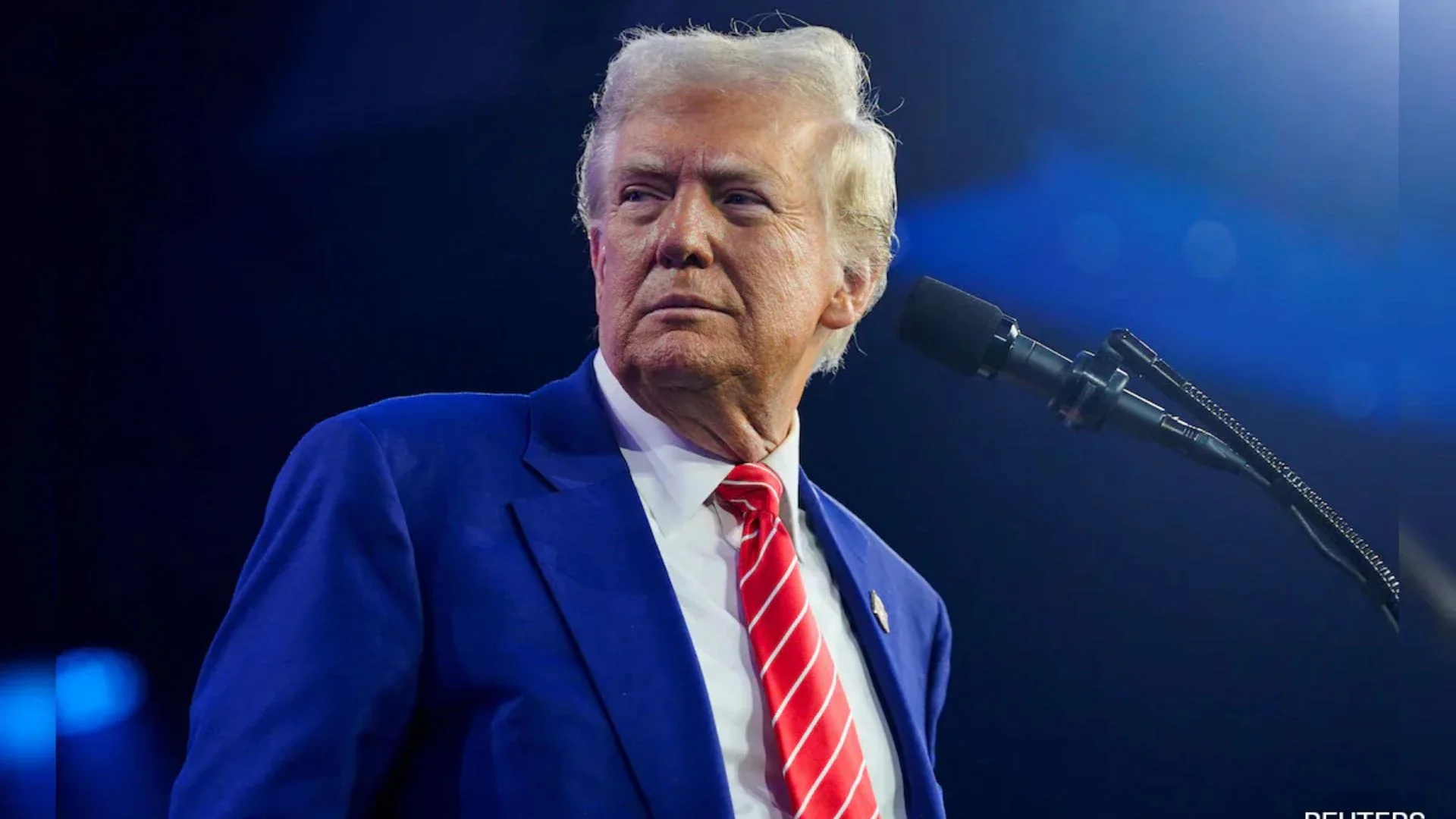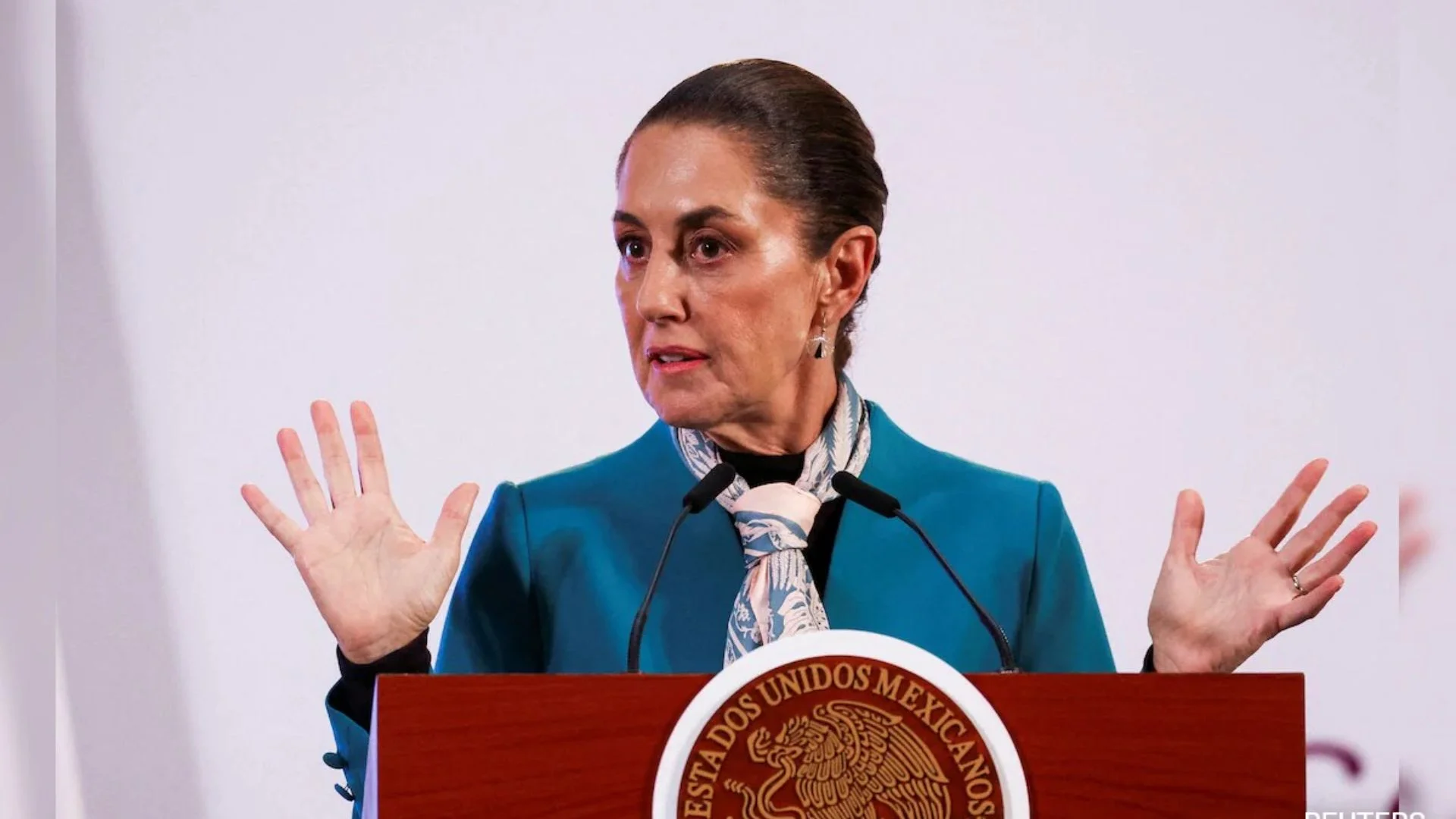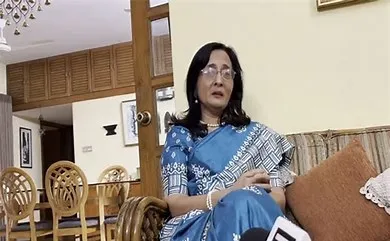While India’s next tryst with political destiny is two and a half years away, the BJP does not seem to be leaving much to chance, so far as their electoral strategy, backed by almost limitless resources, is concerned.
The ministerial revamp was meant to signal a fresh start and insulate the government from Covid criticism, the endless suffering because of an appalling lack of medical infrastructure, floating bodies in the Ganges, and denial of dignity, even in death. However, it has been projected as a radical step towards toning up governance and addressing the hardships of Dalits and the poorest sections of the people.
It wasn’t such a momentous exercise, after all, the media hype notwithstanding. The spotlight was taken away from the tragic demise in prison of Father Stan Swamy and the passing of an all-time icon, Dilip Kumar (Mohammed Yusuf Khan), both in Mumbai.
In the government, none of the Big Four were affected. To many a neutral analyst, the performance of the Finance, External Affairs, Home and Defence ministries appeared wanting. The portfolios of the best-rated member of the cabinet, Nitin Gadkari, did not attract upward movement. He is more a blue-eyed boy of the RSS than anyone else’s.
To the best of one’s information, a 45-year old John Barla (elected to the Lok Sabha from Alipurduars) is the only Christian in the Council of Ministers; he was once a tea garden worker and belongs to Jalpaiguri, West Bengal.
A Kerala Christian – K.J. Alphons – took early retirement from the IAS and was a Union Minister of State (2017-19) in Modi’s first term. The estimated Christian population of the country is 2.8 crore.
The lone Muslim in the government holds charge of the Ministry of Minority Affairs.
As a consequence of the reshuffle, the average age of the Union Council of Ministers stands at 58 years, compared to 61 years of the previous Council formed after the 2019 Lok Sabha mandate. Fourteen ministers, including six cabinet ministers, are below 50.
If the Cabinet changes fail to deliver in substantial measure, another round of the same could be attempted, say around 2023. The new Health Minister (born 1972), a Rajya Sabha member from Gujarat, can be axed, should things not go well with the pandemic.
One of the stars amongst the young inductees— Ashwini Vaishnaw— hails from Jodhpur, Rajasthan, and was originally an Odisha IAS who was nominated to the Rajya Sabha by the BJP, with the backing of the Biju Janata Dal (BJD). Armed with an MTech from IIT, Kanpur, and an MBA from Wharton, he is expected to demonstrate multi-dimensional skills, sorely needed, in the Modi administration. He is not an ex-bureaucrat on the pattern of other ministers with origins in the IFS or the IAS who come from the ranks of those superannuated from lucrative government assignments.
Significantly, Vaishnaw set up two automotive components manufacturing units in Gujarat. He later joined the BJP and amply fulfils, alongside several others, the critical criterion of undiluted and unquestioning loyalty to the PM.
This, coupled with the ‘political messaging’ (in terms of regional, caste, and sub-caste configurations, a new social calculus) for the 2024 polls – via the intervening State elections – comes close to summing up the story of the cabinet reshuffle which marked a final exit of the Vajpayee team that had a high level of Brahmin and upper castes representation.
It is the electoral outcome in Uttar Pradesh that will be crucial. In 2014, had U.P. not elected 71 BJP MPs, it would have been a ‘hung Parliament’ and Modi’s political trajectory may have been quite different. If the party cedes ground in 2022, it will lose steam for 2024. With seven new entrants from the state, the number of ministers from the UP has gone up to 15, that is, one-fifth of the total strength.
The fate of the Rae Bareli and Amethi parliamentary constituencies (in the Avadh region), erstwhile bastions of the Gandhi-Nehru family, should be particularly interesting to observe in 2024.
More vital will be the contest in Varanasi which has long been a BJP stronghold; the seat was last won by the Congress in 2004 when Rajesh Kumar Mishra secured victory.
The holy city (also called Banaras) is cosmopolitan and has a population of Bengalis. The zamindars of Bengal had been constructing ‘kothis’ and occupying lands along the Ganges; a bigger influx of Bengalis began in 1948 after the Partition. Varanasi resembled a ‘mini-Bengal’ where the Pujo celebrations had a pronounced Calcutta touch. The Bengali style Durga Puja was started by a landlord, Babu Anandmay Mitra.
The narrow lanes of Bengali Tola are crowded with buildings whose architecture is reminiscent of twentieth-century Bengal. Most of the properties are now owned by north Indians but the engraved names of the original occupants remain on the houses. The first Bengalis settled in 1757 (the year of the Battle of Plassey) and Rani Bhabani built temples around which the Tola was formed. The Bengali population was mainly of the Brahmin caste that worked as priests or taught in Sanskrit schools.
As of now, developments — encouraging or otherwise — in the struggle with Covid-19 and an evolving situation in Afghanistan constitute issues over which the government of the day can exercise but limited control, not to mention the tensions with China and Pakistan. In the domestic sphere, not much appears to be improving in respect of an unprecedented unemployment crisis, food inflation, and spiraling fuel prices.
Global factors are at play. As the reality of the U.S. withdrawal in Afghanistan takes hold, the future may largely depend on the Kabul-Taliban dynamics and Pakistan’s role. The Taliban have advanced to the cities and could enforce a return to the brutal theocracy they imposed during their previous stint in power.
The portents may yet turn ominous for India, despite the reassuring words of the External Affairs Minister.
A respite from public health concerns could afford a chance to commence a journey on the path of economic recovery. The ongoing farmer protests have definite political overtones and are aimed at consolidating the opposition against the BJP in the poll-bound states of Punjab, U.P., and Uttarakhand in 2022.
The Grand Old Party (GOP), as the Congress is often termed, can aspire to play a pivotal part in the emergence of an Opposition Front led by politicians of stature. In this context, even as the names of Mamata Banerjee (66) and Sharad Pawar (80) come to mind, it is pertinent to mention that the Congress’ interim president enjoys credibility that can bring parties and individuals together, with assistance coming in from the likes of M.K. Stalin (68) and Arvind Kejriwal (53).
For this to happen, the GOP will need to appreciably augment its existing Lok Sabha numbers and come close enough, if not reach, a three-digit figure. It may also have to give up on ideas of leading an opposition alliance.
As for the BJP, they might conceivably face a ‘single largest party’ scenario, despite the appeal of a Hindutva agenda (Ayodhya and, possibly, Mathura and Kashi) and the hard work of the RSS cadres. What may spell real trouble would be a fall to around 160 seats, the level attained by Vajpayee’s BJP in 1996. The Party was able to form a short-lived government (13 days) at that time. In such a contingency, howsoever unlikely, even unimaginable, the Amit Shah-Nadda duo will have to do better than the late Sushma Swaraj and Pramod Mahajan. The silence of the lower middle classes can be deceptive.
This writer suggested, in an article appearing in The Week in June 2019, that Congress should consider getting Mamata on board to challenge the BJP. Earlier, in his book India: Shedding the Past, Embracing the Future, 1906-2017 it was stated that ‘…… Sonia Gandhi and Mamata Banerjee share a cordial personal equation. Politics makes strange bedfellows; what may be virtually impossible to envision at present can emerge as a practical possibility…..’.
A massive win in West Bengal has since put Mamata in the front row on the national stage. During the electioneering in the state, she approached Sonia Gandhi for help in places like Malda where the Congress has a presence, and said that she shares the Congress DNA. Bridges could still be built between Congress and the TMC.
Be that as it may, the election battles ahead are likely to be joined, sooner rather than later. A longer story could be cut short — one way or the other — if Mamata Banerjee becomes a candidate for the Lok Sabha from Varanasi in Uttar Pradesh in 2024.
The writer was formerly in the IAS. The views expressed are personal.
The fate of the Rae Bareli and Amethi parliamentary constituencies (in the Avadh region), erstwhile bastions of the Gandhi-Nehru family, should be particularly interesting to observe in 2024. More vital will be the contest in Varanasi which has long been a BJP stronghold; the seat was last won by the Congress in 2004 when Rajesh Kumar Mishra secured victory.

